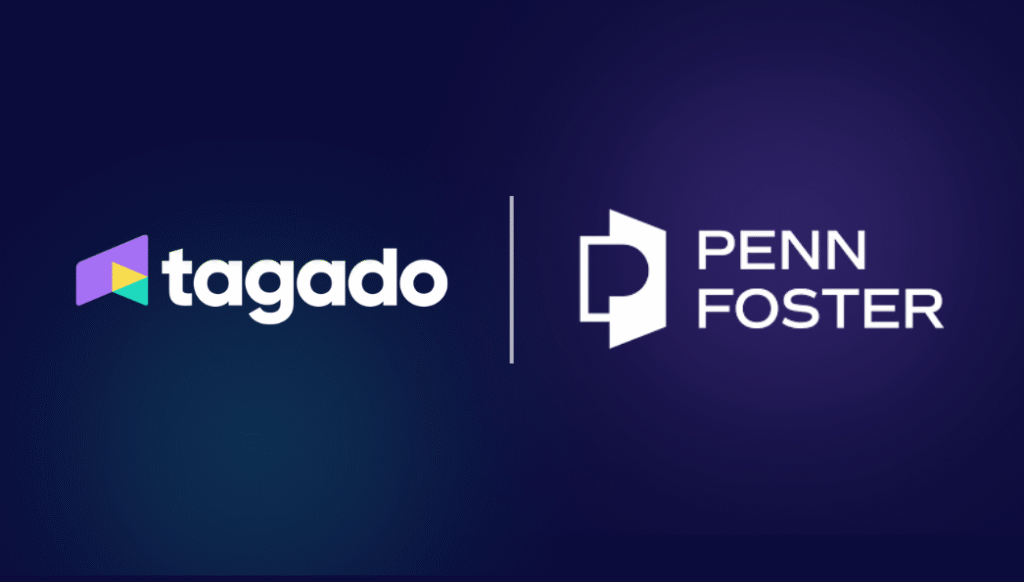Companies are spending more money than ever on technology to understand their customers. But here’s the problem: many of these companies are collecting tons of data without knowing how to use it effectively. In fact, fewer than 60% of CX professionals believe their organization can effectively act on CX feedback data, and only 40% think stakeholders have confidence in CX metrics, according to research by Forrestor.
The reality is that companies focus too much on getting data and not enough on using it to make real changes. Just having the latest technology isn’t enough. What really matters is creating a company culture where everyone, from top managers to front-line staff, knows how to turn customer feedback into improvements.
Here’s how to optimize your approach to utilizing CX feedback to make a meaningful impact on your business.
1. Establish a Clear Framework
Begin by setting clear, measurable objectives for your VoC program. Understand what you aim to achieve, whether it’s enhancing customer satisfaction, improving product features, or reducing churn rates. Define the scope of your program, including which customer interactions and touchpoints will be monitored.
Create a detailed roadmap that outlines the steps required to achieve your VoC objectives. This should include timelines, milestones, and key deliverables. A well-structured roadmap keeps the program on track and ensures that all stakeholders are aligned.
2. Leverage Generative AI and NLP
Using Gen AI and Natural Language Processing (NLP), organizations can analyze customer feedback data at scale and deliver real-time recommendations.
NLP helps achieve this by transforming unstructured feedback data into organized, categorized information so companies can identify trends and correlations, to gain deeper insights into customer preferences, pain points, and behaviors. Gen AI then delivers real-time recommendations and proactive suggestions based on this structured feedback data.
3. Educate, Train, and Empower Your Staff
Turning CX feedback into business impact hinges on the active involvement of frontline staff who interact directly with customers. Educating employees about the significance of customer feedback ensures they understand how their actions influence overall business outcomes. By grasping the direct link between customer satisfaction and business metrics like revenue, retention, and brand reputation, employees become more motivated to collect, report, and act on feedback.
Regular updates and sharing success stories can further solidify this understanding, demonstrating the real-world impact of their efforts and fostering a culture where customer feedback is valued and prioritized.
4. Align Employee Incentives with Customer Experience Outcomes
When designing a CX-linked incentive program, companies must evaluate several key factors to ensure its effectiveness and fairness. First, the scope of measurement needs careful consideration, as it can range from company-wide metrics to departmental or team-based evaluations. It’s essential to decide whether to focus on individual performance ratings or collective scores, and whether to use standalone CX metrics or integrate them with other performance indicators.
The program structure should balance CX metrics with financial performance goals, differentiate incentives for customer-facing and back-office roles, and determine the proportion of overall compensation tied to CX outcomes. Incentive types also play a crucial role, with options including monetary rewards like cash bonuses, recognition programs such as employee of the month, and non-monetary benefits like additional paid time off.
5. Benchmark Customer Experience Management
When developing a benchmarking strategy, organizations can choose between external benchmarks for broader industry context, internal benchmarks for greater data control, or a hybrid approach combining both. Each method has its merits, and the choice often depends on specific business goals and data accessibility. Regardless of the approach, companies should clearly define key performance indicators aligned with overall business objectives.
Effective benchmarking requires regular review and updates to reflect evolving market conditions and customer expectations. By leveraging these insights, organizations can make informed strategic decisions and drive targeted improvements in their CX initiatives. This data-driven approach ensures that CX strategies remain relevant, effective, and aligned with both customer expectations and business goals, ultimately enhancing the company’s competitive position in the market.
6. Sharing Outcomes to Maximize the Impact of Customer Experience Programs
One of the most critical challenges in implementing a robust CX program is determining the most effective way to cascade results and action items to relevant stakeholders. Sharing the outcomes needs to be a key part of CX programs as it reinforces the importance of customer-centricity throughout the organization, helping to embed it into the company culture. When employees see the direct impact of their work on customer satisfaction, it can also boost morale and engagement.
By systematically collecting, acting on customer feedback and sharing the results of CX initiatives, organizations can streamline processes, and deliver products and services that truly meet customer needs, ultimately leading to increased revenue, reduced churn, and a stronger competitive position in the market.
How Tagado is Revolutionizing CX Analytics to Drive Business Impact
When it comes to helping organizations drive business impact using customer feedback, Tagado excels in identifying recurring issues, discerning customer sentiment, categorizing feedback into thematic clusters, and predicting emerging trends. These insights are then translated into actionable strategies aimed at driving financial outcomes and maximizing ROI.
Beyond merely delivering raw data, Tagado provides granular, actionable insights with clear, precise steps to leverage the information derived from customer feedback. Its approach includes well-trained machine learning models that adapt and evolve with new feedback, forming a dynamic system that not only illuminates past and current scenarios but also adjusts proactively to future circumstances.
Tagado’s technology-driven solution is reshaping the landscape of customer feedback analytics platforms and should be at the heart of your efforts to translate customer feedback into business impact.
Discover how Tagado can transform your organization’s ability to drive business impact using customer feedback — book a demo today.




